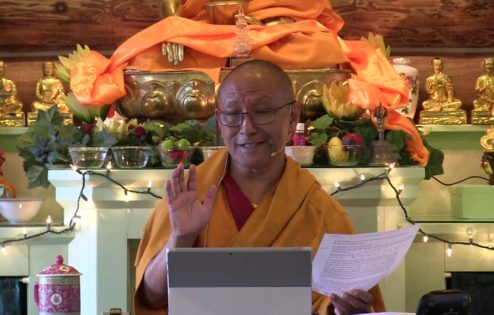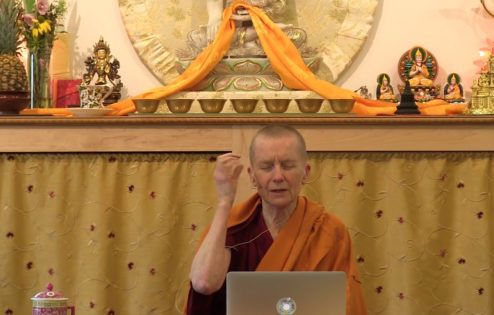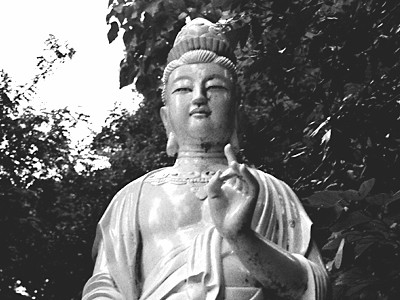Bodhisattva Path
How to become a bodhisattva, a great being intent on attaining full awakening for the benefit of all beings.
All Posts in Bodhisattva Path
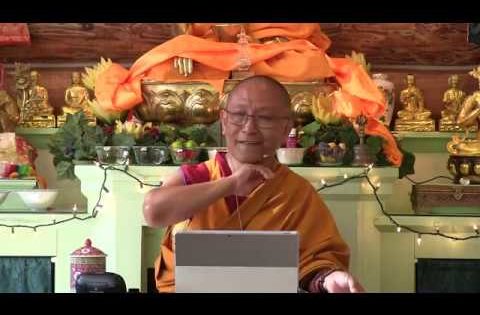
Paramita of fortitude
Examples from Buddhist scriptures of the bodhisattva perfection of fortitude.
View Post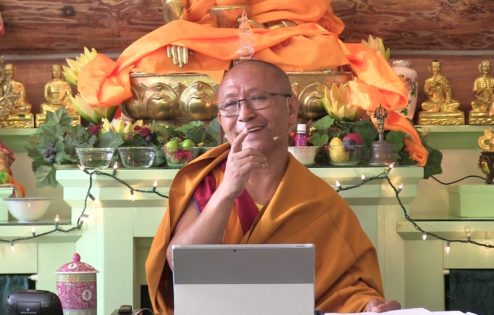
Paramita of ethical conduct
Examples from Buddhist scriptures of the bodhisattva perfection of ethical conduct and compares the pratimoksa…
View Post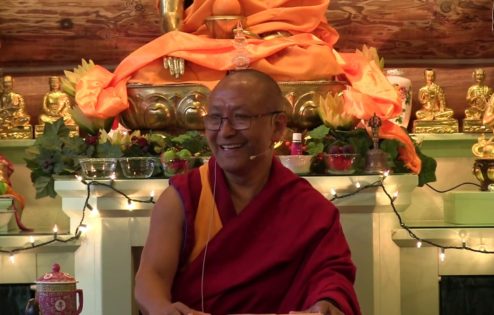
Day 2: Questions and answers
Questions from Day 2 teachings on anger, obscurations to omniscience, and the super-knowledges.
View Post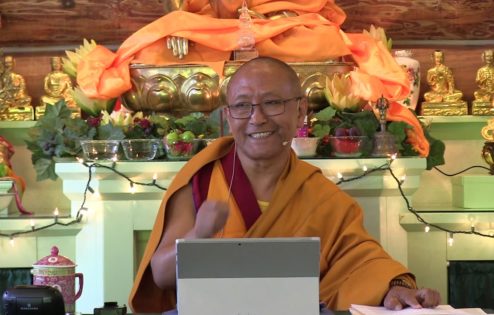
Paramita of generosity
Examples from Buddhist scriptures of the bodhisattva perfection of generosity, which includes giving material goods,…
View Post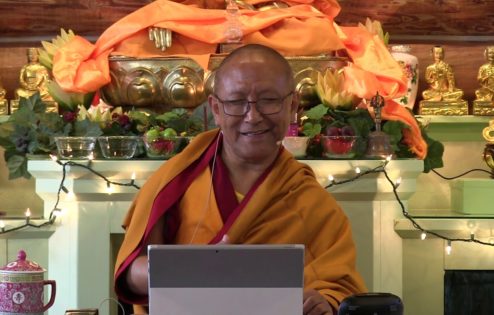
Wishing bodhicitta
The five guidelines of wishing, or aspiring, bodhicitta and the four positive dharmas and the…
View Post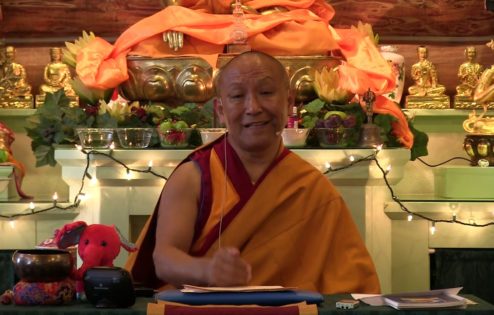
Day 1: Questions and answers
Questions from Day 1 teachings on cognition, altruism, self-centeredness, and bodhicitta.
View Post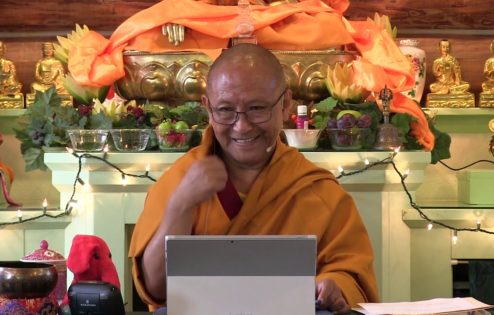
Why is bodhicitta so powerful?
How bodhicitta encapsulates numerous agents of transformation within a single motivation and outlines some of…
View Post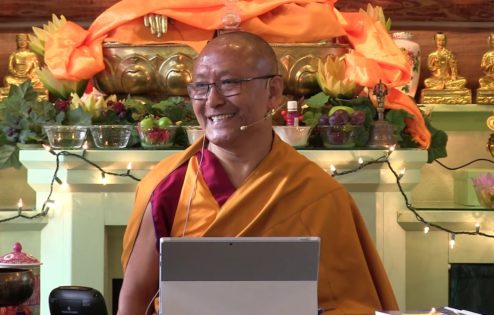
Bodhicitta: The jewel of the mind
The many praises given to bodhicitta in Buddhist scriptures.
View Post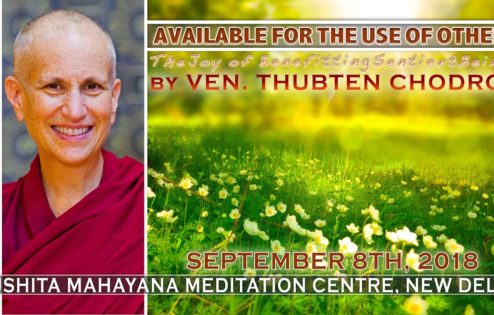
The joy of serving sentient beings
How compassion and benefiting others benefits ourselves and others now and in the future. Reflections…
View Post